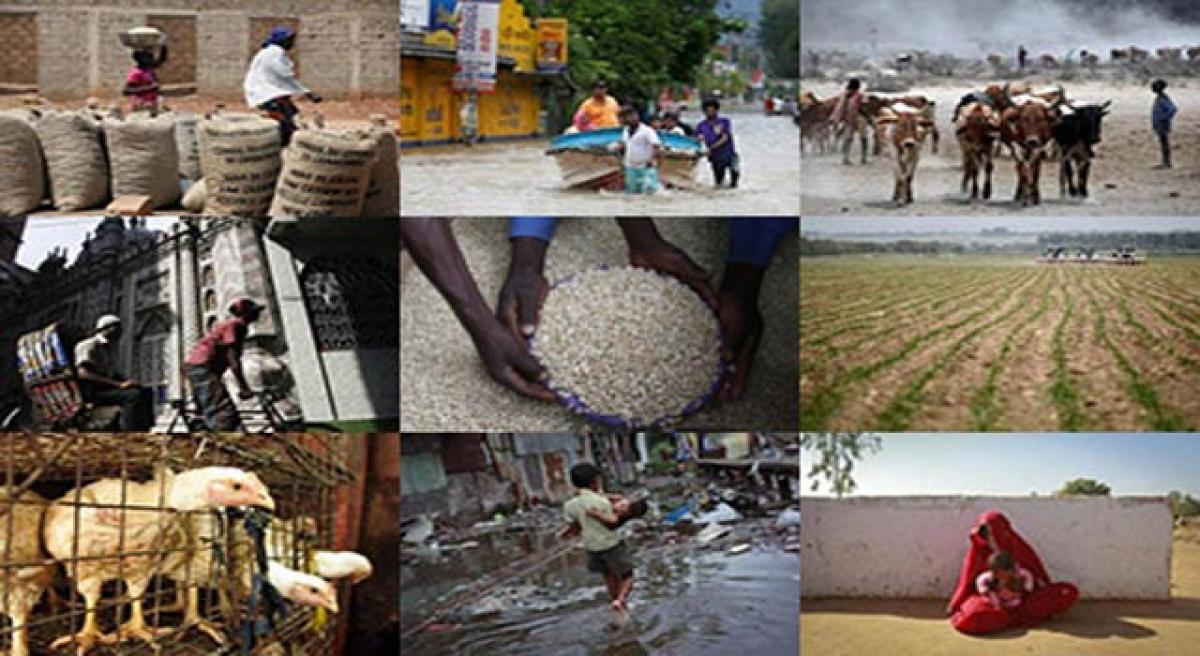Live
- Indian Stock Market Faces Correction: Nifty, Sensex Hit by Inflation & Weak Earnings | November 2024 Update
- Rishab Shetty’s ‘Kantara: Chapter 1’ Set for Dussehra 2025 Release
- Visually Impaired Comedian Bhavya Shah to Debut in Palaash Muchhal's Upcoming Film
- CGRF to organise a host of conferences
- BJP using Waqf issue as ‘political weapon’: K’taka Home Minister
- KSR Bengaluru and Kengeri Railway Stations get escalators
- Sunitha’s long cherished dream to become a reality soon!
- Sakra honours barefoot activist Ajay Oli, expands CSR initiatives to aid underprivileged
- Sudha Murty Celebrates Cultural Values At London's Diwali Gala, Praises Son-In-law Rishi Sunak
- PM Modi Arrives In Brazil For G20 Summit, Set For Key International Engagements









